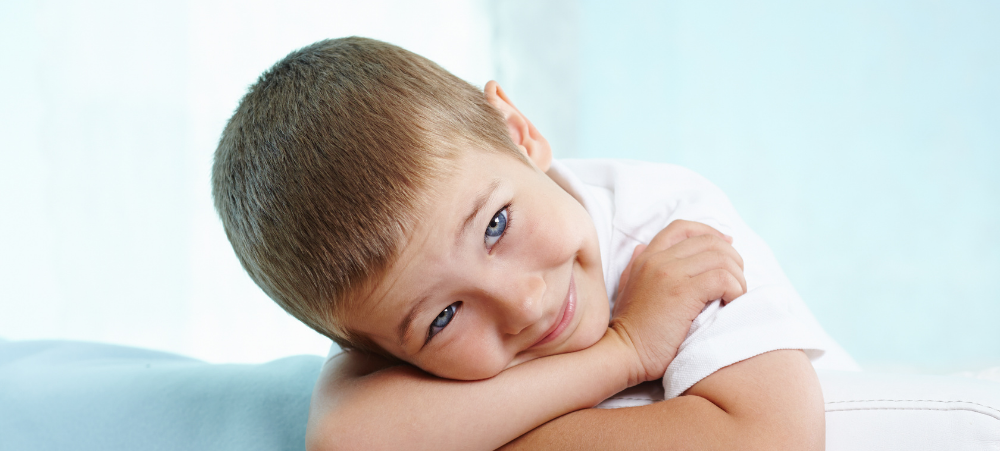Affinity Health, a leading provider of high-quality healthcare, highlights Juvenile Idiopathic Arthritis (JIA).
What Is Juvenile Idiopathic Arthritis?
Juvenile idiopathic arthritis (JIA) is also known as juvenile rheumatoid arthritis. It is the most frequent form of arthritis in children.
“The condition can result in lifelong joint damage. It makes daily living difficult for children,” says Murray Hewlett, Affinity Health CEO.
“Some children with arthritis experience lifelong remission. The illness may no longer be active despite the absence of a cure. But others suffer from persistent pain, stiffness and joint swelling. Recurring symptoms may last days, weeks or longer.”
What Are The Symptoms And Indicators Of Juvenile Arthritis?
Symptoms may fluctuate over time. There may be periods when symptoms worsen, referred to as flares, and times when they improve, referred to as remission. Among the symptoms are:2
- Pain
- Joint discomfort
- Swelling
- Lymph node enlargement
- Fever
- Rash
- Tiredness
- Loss of appetite
- Irritation of the eyes
What Causes Arthritis In Children?
Arthritis can affect children of various ages, races, and ethnicities. Experts are still undecided on the exact cause of juvenile arthritis. Individual cases of juvenile arthritis are likely caused by genetic factors, environmental exposures, and the child’s immune system.
How Is Arthritis In Children Diagnosed?
A physical examination diagnoses arthritis in children, combined with X-rays and laboratory testing. If you suspect your child has arthritis, your family health care practitioner may refer you to a rheumatologist who specialises in childhood arthritis and associated diseases. A physical therapist to preserve your child’s joint flexibility, range of motion, and muscle tone.
“It’s important to note that there is currently no cure for juvenile arthritis, but with early diagnosis and aggressive treatment, remission is possible,” adds Hewlett. “The focus of treatment is on reducing pain and inflammation, enhancing function, and preventing further harm.”
The Different Types Of Arthritis In Children
Juvenile arthritis can affect a single or several joints. There are various subtypes of juvenile arthritis, although systemic, oligoarticular, and polyarticular are the most common.3 Symptoms determine the type of arthritis your child has, the number of joints affected, and if fever and rashes are present.
Complications
Juvenile arthritis is associated with several severe consequences. However, keeping a close eye on your child’s condition and obtaining proper medical treatment can significantly lessen the likelihood of these complications:
Eye issues: Some types can induce irritation of the eye. This illness can lead to cataracts, glaucoma, and possibly blindness if left untreated. Eye inflammation commonly occurs without symptoms; hence children with this disorder must get regular ophthalmologic examinations.
Growth issues: The onset of juvenile arthritis might hinder your child’s growth and skeletal development. Some therapeutic medicines, primarily corticosteroids, can potentially decrease development.
Lifestyle And Natural Treatments
Parents and caregivers can assist children in learning self-care strategies that reduce the severity of juvenile arthritis. Techniques include:
Regularly engaging in exercise: Physical activity is essential because it increases muscular strength and joint mobility. Swimming is a fantastic option since it causes minimum joint stress.
Hot or Cold Applications: Many youngsters with juvenile arthritis have morning stiffness. Some youngsters respond to cold packs, especially after physical exercise. But, most youngsters prefer warmth, especially in the morning, such as a hot pack, bath, or shower.
Healthy Eating: Some children with arthritis have low appetites. Others may get weight because of drugs or inactivity. A nutritious diet can aid in maintaining a healthy weight. So, adequate calcium intake is essential.
Children with juvenile arthritis are at risk for developing the following conditions:
- Brittle bones due to the use of corticosteroids.
- Limited physical activity.
- Excessive weight-bearing.
We understand that there are many aspects that encompass a Mother, Father or Child and strive toward providing resources and services that accommodates this.
Our content is aimed to inform and educate families on issues starting from pregnancy through to the challenges of the teen-age years.
- Tiny Toons Looniversity Returns: Meet the Voice Behind Plucky and Hamton! - December 12, 2025
- From Pain to Possibility: Panado®’s New Marketing Campaign, Highlights The Joy Of Pain Relief - December 10, 2025
- Feeding Unicorns by Jeni-Anne Campbell: A bold new book for business leaders who care - December 9, 2025





